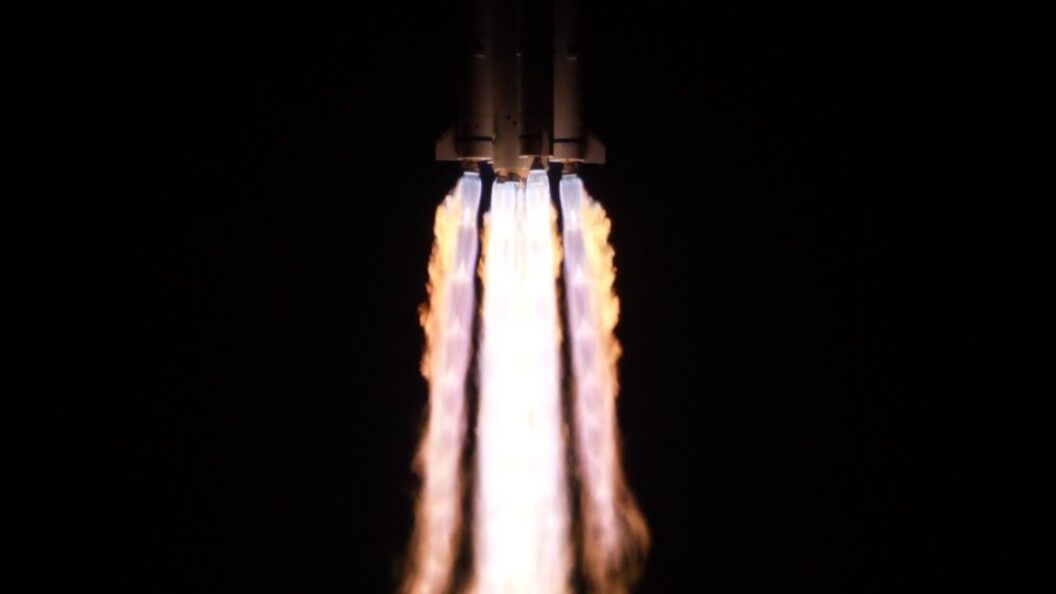Tianwen-2 Mission: China’s Quest to Sample Asteroid Kamoʻoalewa
China’s ambitious Tianwen-2 mission is set to embark on a two-and-a-half-year journey to the asteroid Kamoʻoalewa, a timeline significantly shorter than prior missions like Japan’s Hayabusa 2 and NASA’s OSIRIS-REx. With projected arrival in July 2026, this mission aims to gather valuable samples that could provide critical insights into the origins of not only asteroids but potentially also the Earth and the Moon.
Mission Overview
Launched by the China National Space Administration (CNSA), Tianwen-2 is taking a novel approach to asteroid exploration. While historical missions to similar near-Earth asteroids, such as Hayabusa 2’s six-year and OSIRIS-REx’s seven-year spans, have yielded essential data, Tianwen-2’s shorter journey implies advanced technology and a targeted focus on the asteroid’s unique characteristics.
Sampling Methods
The mission will utilize several innovative sampling techniques to collect materials from Kamoʻoalewa. Primarily, the spacecraft will maneuver close to the asteroid, matching its rotation, to extend a robotic arm and gather specimens from the surface. This method draws from techniques employed by Hayabusa 2 and OSIRIS-REx, which successfully used "touch-and-go" maneuvers to collect samples.
Adding to these methods, Tianwen-2 will attempt an "anchor-and-attach" strategy. Here, the spacecraft will deploy four arms equipped with drills to secure itself to the asteroid’s surface, ensuring a stable point for effective sample collection. Chinese officials have not disclosed the exact quantity of material expected to be returned, but projections suggest the mission aims to collect at least 100 grams of rock and dust.
Challenges Ahead
Maneuvering near Kamoʻoalewa poses specific challenges due to its relatively fast spin rate of once every 28 minutes and its weak gravitational pull. These factors complicate the spacecraft’s navigation and sample retrieval efforts, highlighting the technological advancements required for successful execution.
Return Journey and Scientific Implications
Tianwen-2 is expected to depart Kamoʻoalewa in early 2027, with plans to release a reentry module containing the samples for landing on Earth by late 2027. Researchers will analyze the collected materials to ascertain their physical properties, chemical compositions, and structural characteristics, as outlined in a recent study in Earth and Planetary Physics.
Prominent in the findings, four Chinese scientists noted that the results from Tianwen-2’s sample return could enhance our understanding of asteroids and provide valuable information about the Earth and Moon. The team’s research emphasizes the importance of confirming Kamoʻoalewa’s origins, especially its potential link to lunar debris. According to the scientists, understanding Kamoʻoalewa’s provenance could offer insights into the Moon’s evolutionary history, including aspects of its far side and the asymmetry between its two hemispheres.
Conclusion
The Tianwen-2 mission marks a pivotal moment in asteroid exploration, demonstrating China’s growing capabilities in space science. By venturing to Kamoʻoalewa and planning detailed analyses of its samples, researchers not only aim to augment our knowledge of asteroids but also to unravel the mysteries surrounding the Earth and Moon. As this journey progresses, the implications of its findings could significantly influence our understanding of planetary evolution and the broader cosmos.









